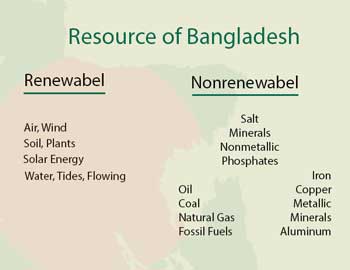 The Bangladesh Travel Guide
The Bangladesh Travel Guide
Bangladesh : Water Resources
About two thirds of the cultivable land at Bangladesh are prone to flood damagc every years. Thus flood control and drainage improvement are crucial for the national economy in order to reduce or prevent damage to crops and infrastructure. Since agriculture and water resources arc linked, increasing food grain production requires water management through flood control, drainage and irrigation.
The dual problem of shortage of water during the dry season and its abundance in rainy season are critical in the development and management of water resources in Bangladesh. Being the lower riparian of the three major rivers of the world-the Ganges, the Brahmaputra and the Meghna-Bangladesh could not undertake meaningful water development in the past in order to properly harness their flows for the benefit of the people.

The historic Ganges Water sharing Treaty signed with India on 12 December, 1996, has opened up newer avenues for offsetting the negative impact of Farakka Barrage and tapping the potentials of water resources in the country. Opportunities have also opened up for regional. sub-regional and basin-wide development and management of water for mutual benefit. It is in this backdrop that the Ganges Barrage has been taken up by the present government for implementation.